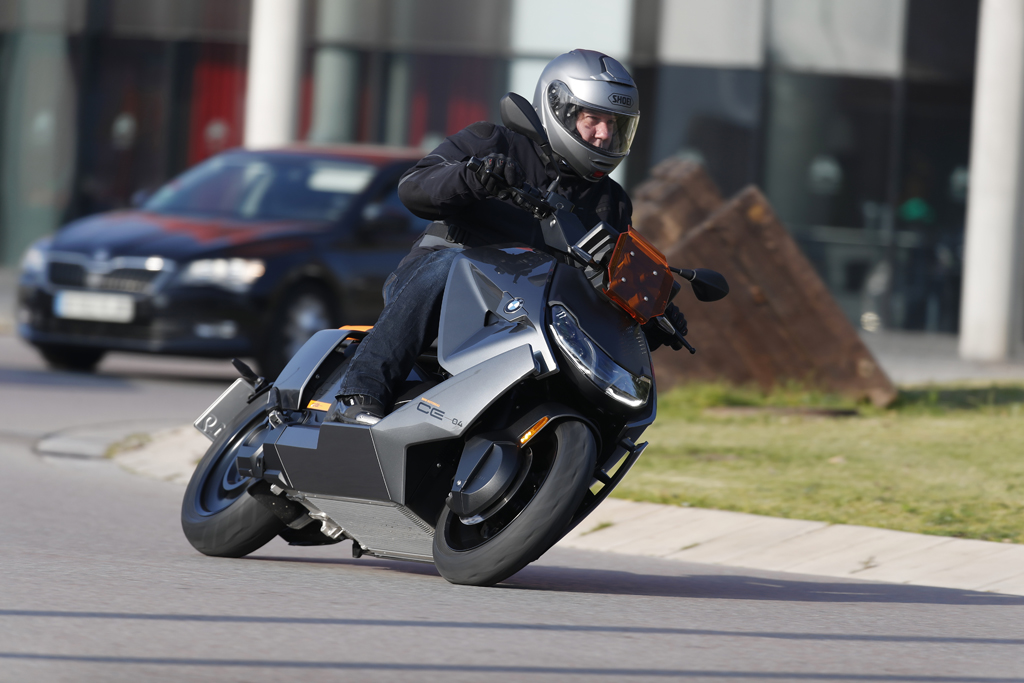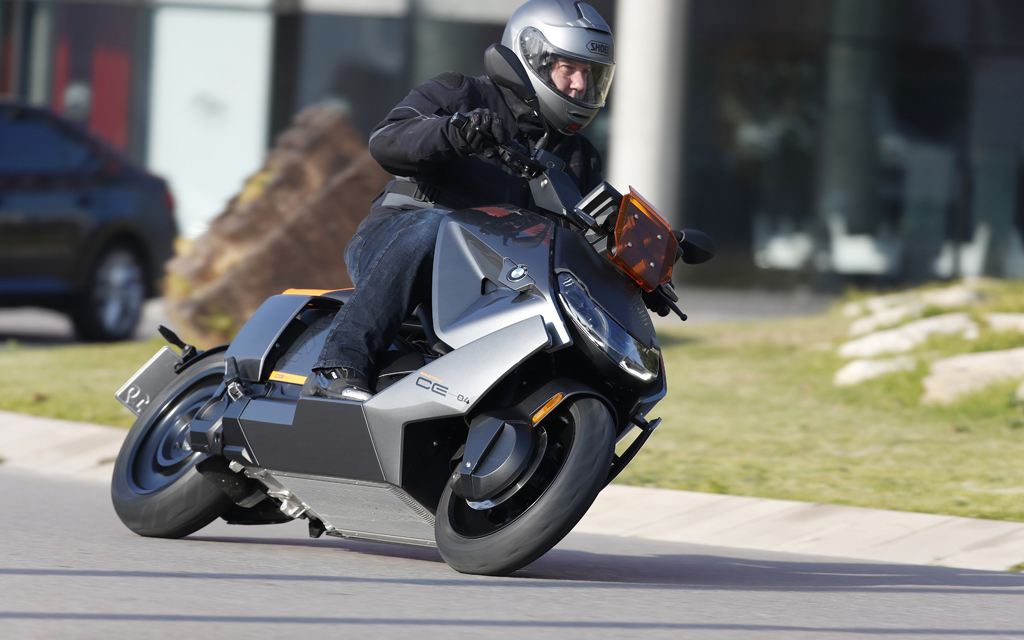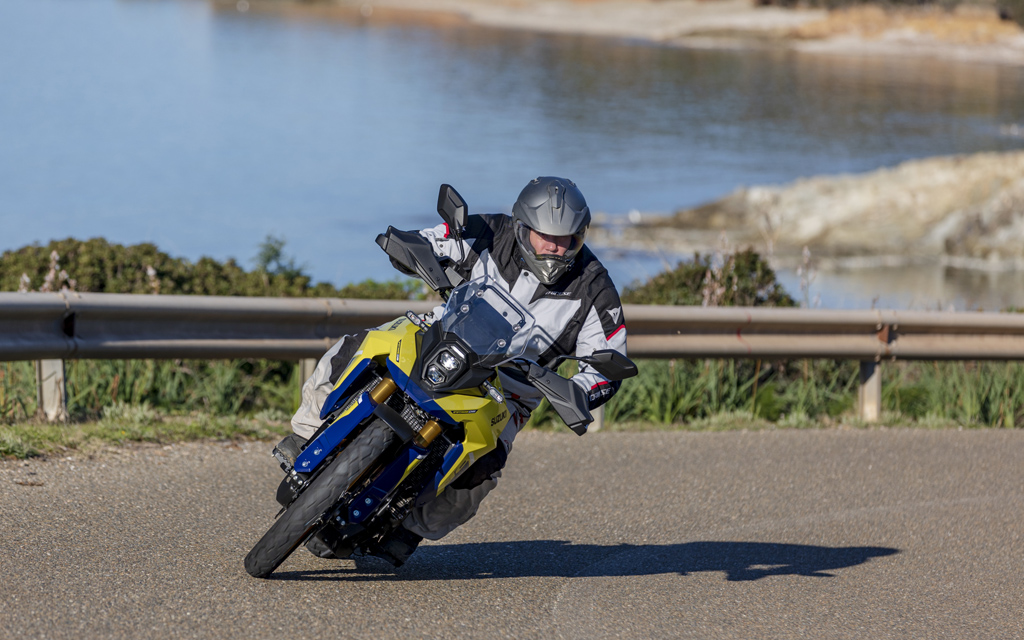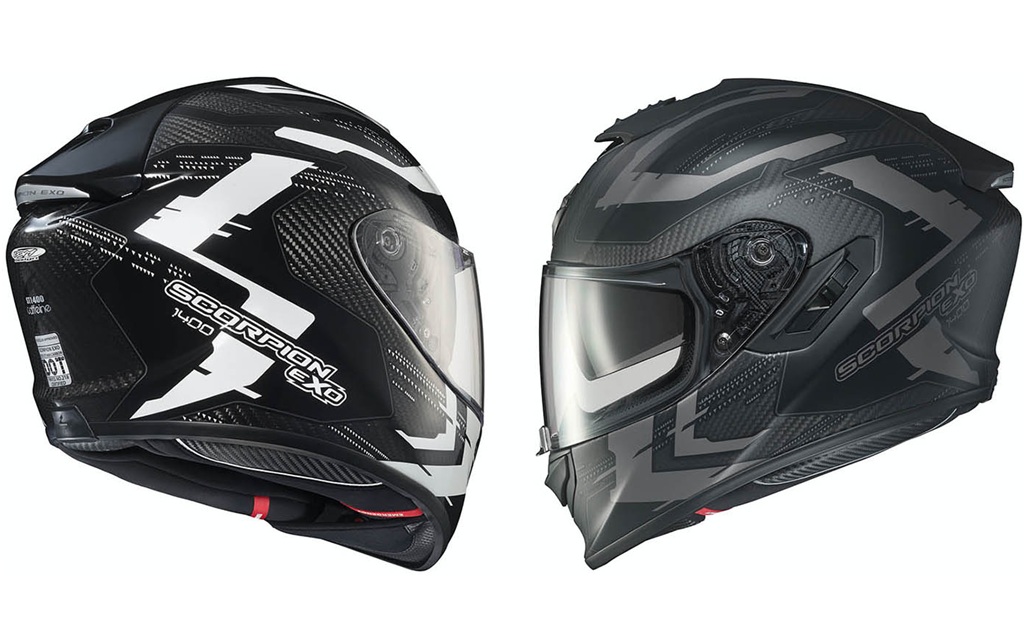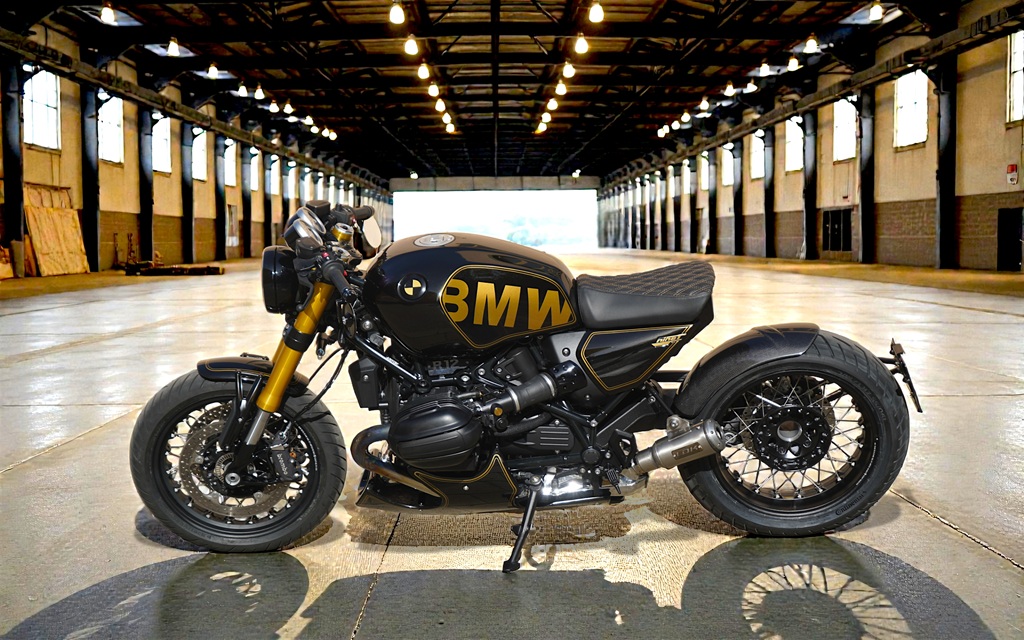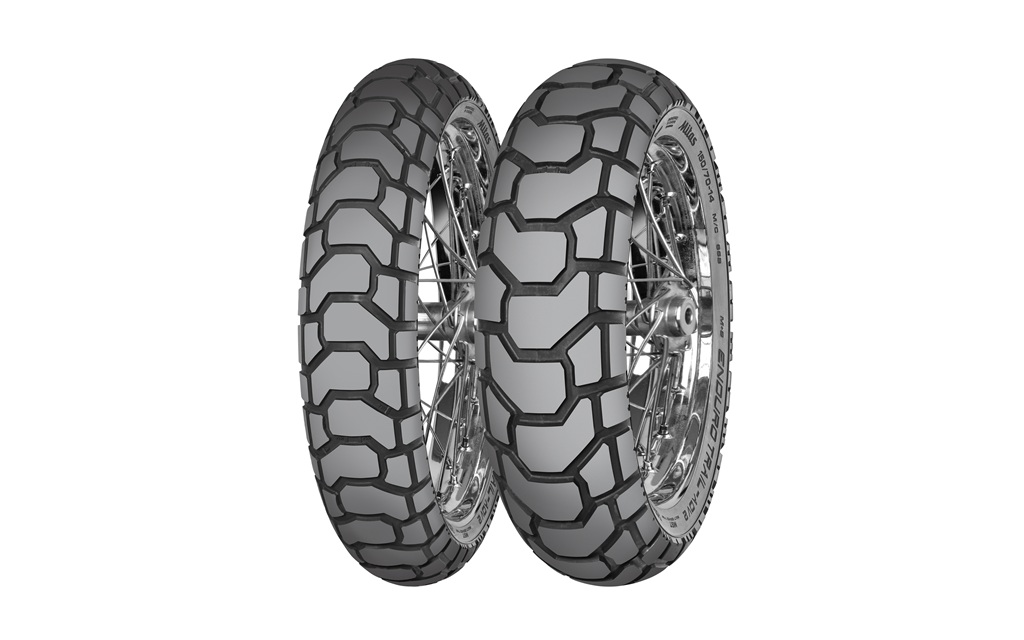*Archives – March / April 2022 digital issue.
While North American motorcyclists don’t exactly loose sleep over the concept of urban mobility, over in Europe, congested cities swarmed by scooters illustrate how important the issue of A to B can actually become. BMW’s all-new CE 04 offers a rare pollution-free solution.
Barcelona, Spain. A week doesn’t go by without another headline about some car company phasing out its internal combustion engine development or some new electric car being launched. Large motorcycle OEMs, however, definitely don’t seem overly pressured to replace fuel by electricity. Projects do abound : Triumph recently announced good progress on its TE-1 electric prototype, KTM and Husqvarna say they have an E-Pilen and an E-Duke under development, and Kawasaki claims all its motorcycles will be either electric or hybrids by 2035. Not to mention the countless concepts Honda and particularly Yamaha have been unveiling for years. But in terms of actual production models, when it comes to those big brands, the reality is not even a handful exist. Even more impressive, then, that BMW is now introducing its second generation battery-powered maxi-scooter, the futuristic 2022 CE 04, a full redesign vs the first-gen C Evolution.
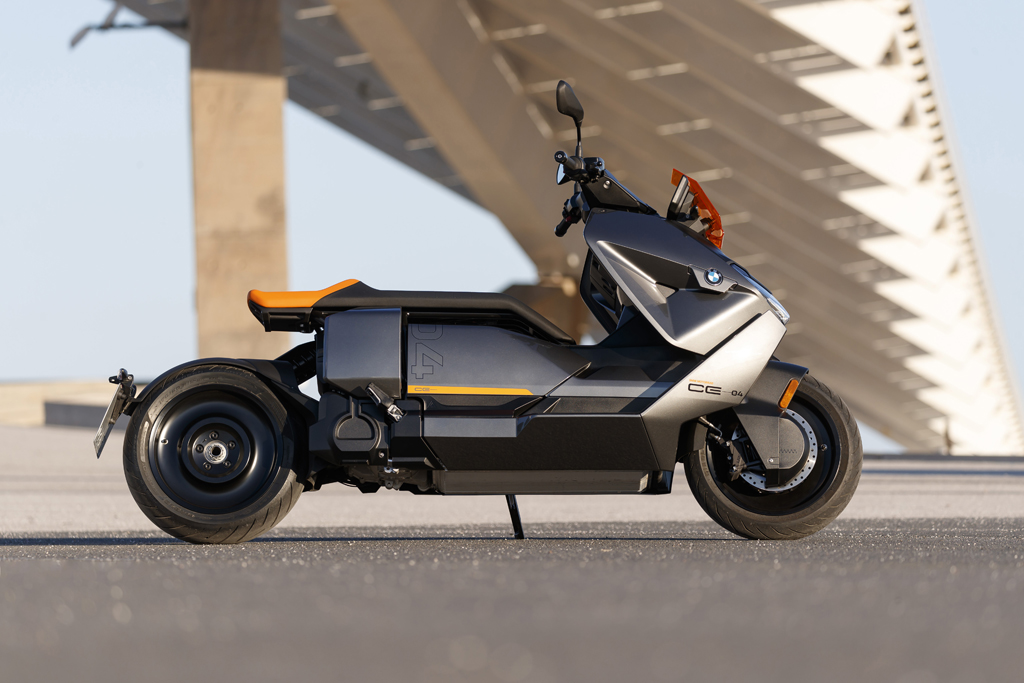
The way the CE 04 looks is intimately linked to how it’s built. BMW Motorrad head of design Edgar Heinrich explains that working on an electric project like the CE 04 has been extraordinarily liberating for himself and his team : «You must understand that the architecture for an ICE-powered motorcycle is pretty much defined : there isn’t a lot you can really move around. With an electric design, though, you work with a blank page. The architecture isn’t just completely different, but also quite flexible. We can move big parts around if we want to and those choices give us more design freedom than we’ve had in a very long time. We can be creative and different with style and the engineering will still work. We very much took advantage of that with the CE 04.»
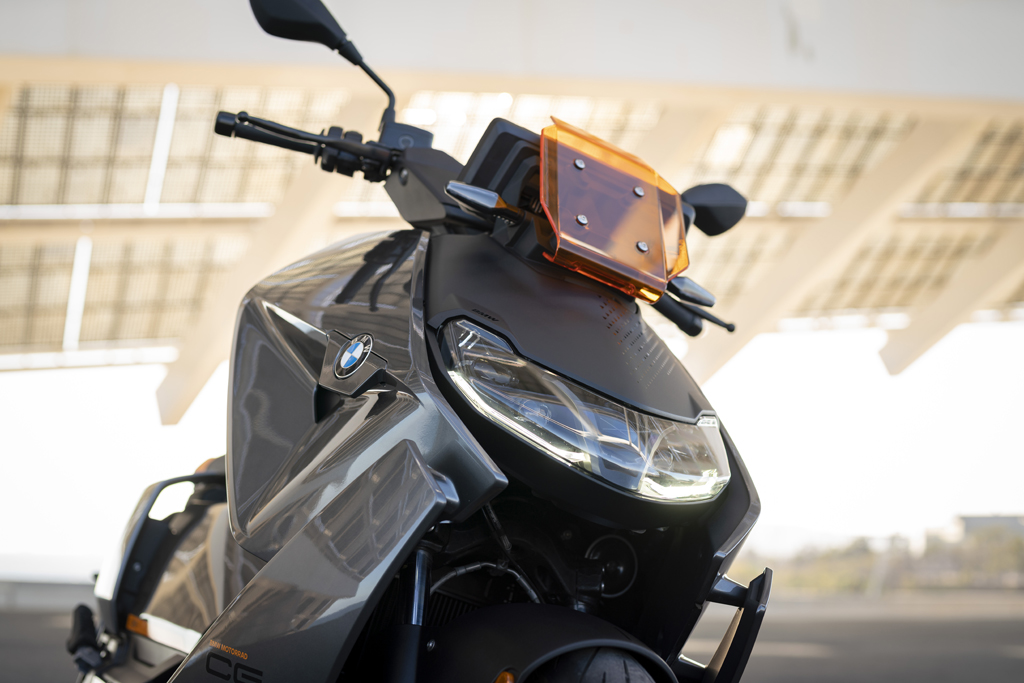
Heinrich isn’t exaggerating : one look at the CE 04 proves his team obviously got a green light to be unusually creative with styling and, compared with the first-gen C Evolution, everything really did get moved around. The C Evolution —the first battery-powered «motorcycle» produced by a large OEM— used its massive central battery module as a structural part of the frame and generally looked like a regular gas-powered maxi-scooter. The CE 04 is a completely different machine : the frame is now a more conventional steel double cradle design to which are bolted, wait for it, electric car powertrain components. For example, the compact 42 hp motor is exactly a one third section of the electric motor found on BMW’s X1 plug-in hybrid compact SUV. Same story with the 8,9 kWh battery pack that’s essentially one of the 11 battery modules powering the German brand’s iX full-electric SUV. One notable difference in the case of the battery pack is that on the CE 04, in order to achieve high voltage, the forty 3,7v cells have been connected in series, resulting in a 148v total. Just as on most new electric cars, the flat battery pack is located horizontally under the «floor», which keeps the center of gravity low, uses little valuable space and allows for air cooling of the pack. The compact liquid-cooled motor sits just behind it while the rest of the hardware is pushed toward the perimeter of the frame to allow for a lockable storage compartment in the center, between the rider’s feet. It isn’t huge (it’s just big enough to store a full-face helmet), but practical nonetheless.
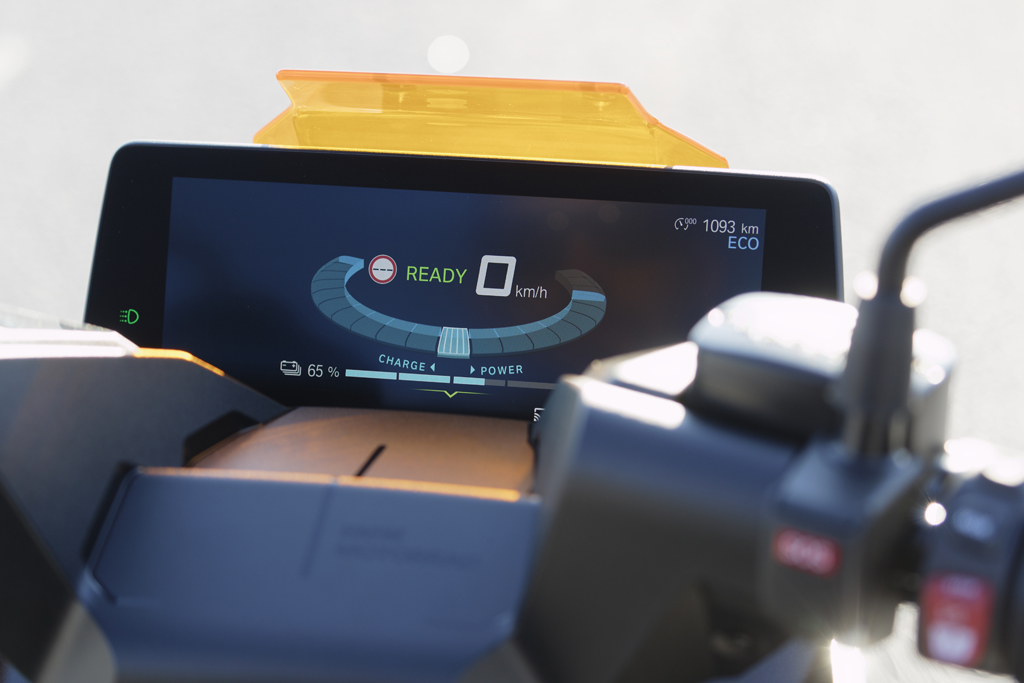
Storage on scooters is usually located at the back, under the seat. Moving it to the center allowed for a completely exposed rear end, one of the CE 04’s most distinctive styling characteristics. Heinrich explains : «There’s nothing back there. No exhaust, no bulky CVT casing, nothing. So we left it uncluttered and as a bonus, we gained an extremely narrow rear end that helps in tight quarters when going through traffic.» It works, too. During the time we spent in Barcelona traffic, we followed local unofficial rules, which basically state that if you can squeeze anywhere and anyhow to get ahead faster, you do it. It may sound crazy to many North Americans, but in most big European cities, it’s just how you roll. In this environment for which the CE 04 has specifically been built and where width is the enemy, the scooter’s tire-wide rear end did indeed give me confidence that if my knees fit in between whatever I was trying to get through, the rest would follow.
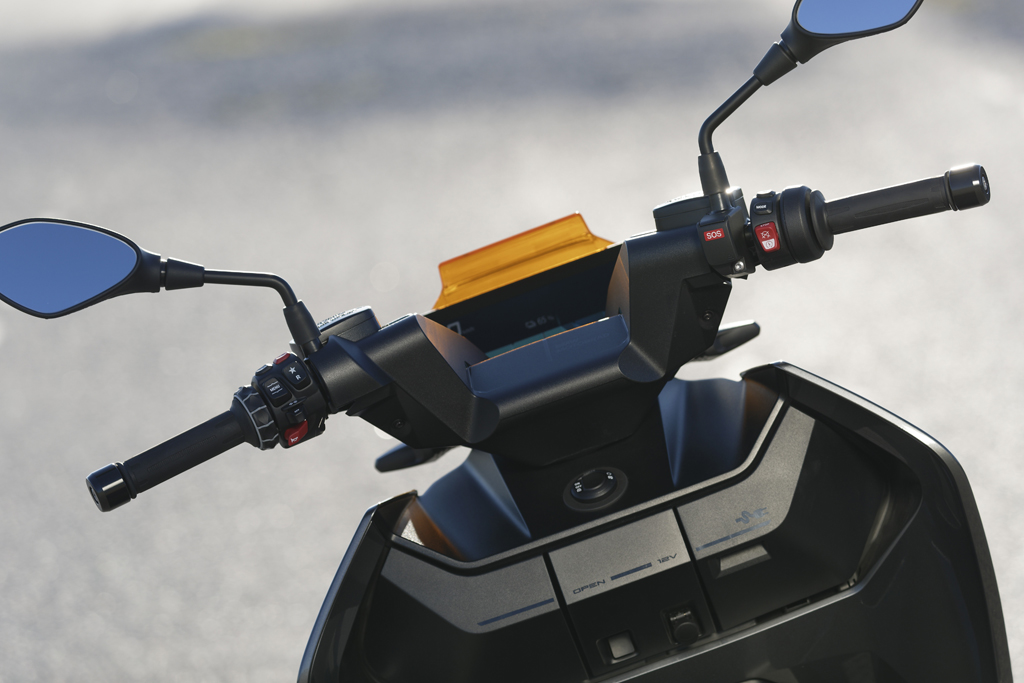
That being said, I thought there weren’t only advantages to this architecture choice. From a functional stand point, the fact that there’s nothing at the back of the CE 04 could have been an opportunity to create substantial additional storage volume. BMW could have kept such a back end reasonably narrow and designed it creatively if that was a priority, but it would have made a world of difference in terms of practicality and functionality, which, after all, maxi scooters are all about. To BMW’s defense, an optional luggage rack and top case are available for the CE 04, so cargo volume can be increased if it’s really needed.
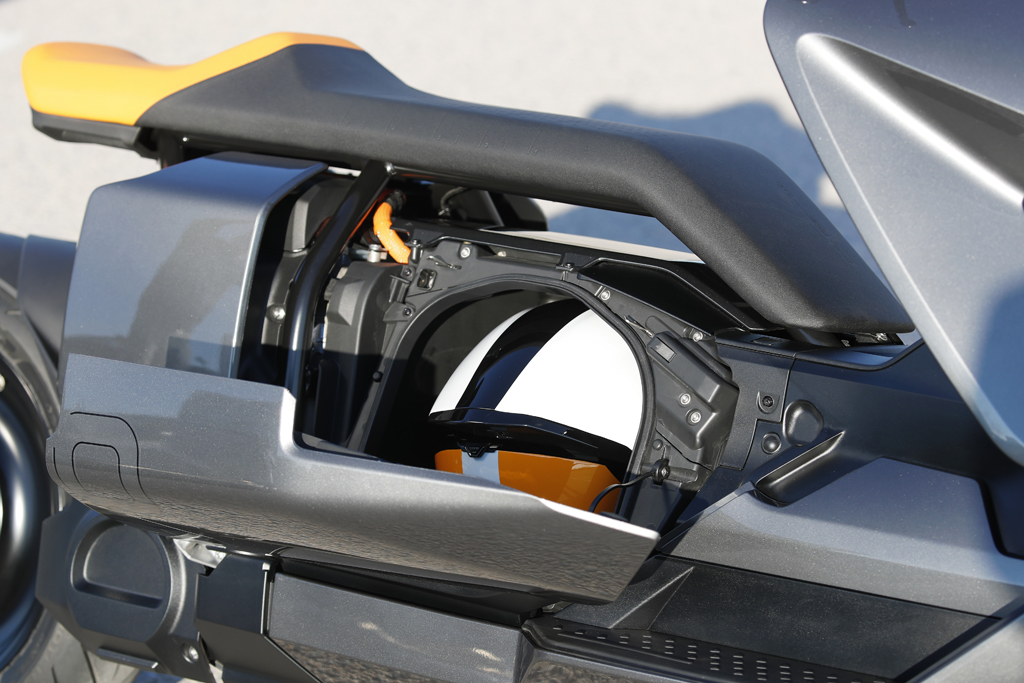
Another pet peeve I have with the rear end is that what’s exposed isn’t particularly pretty. For example, the visible drive belt has white lettering you see go round and round the rear toothed wheel when following a CE 04. I thought it looked weird. Then there’s the rear wheel itself : it’s a flat black disc that reminded me of a car spare tire. In the middle of it is a big single nut that looks unfinished. I think a completely exposed rear wheel on a single-sided swingarm should have been made a tad more sexy, especially on a product on which design and creativity has been emphasized everywhere else.
Now to the CE 04’s pièce de résistance, its electric powertrain. Oh, how wonderful it is. From the first instant and always thereafter without exception, it generously offers the one thing I demand from products from large OEMs : refinement. Powering on the CE 04 is straightforward and instinctive : key fob in your pocket, push ON button, grab left brake and push «starter» button. A «Ready» sign appears on the beautiful 10.25 inch TFT screen and you’re good to go. There’s no sound at all at this point and only the slightest hissing can be heard when the right grip is twisted and the CE 04 begins to move. Under full power, an audible electric whine coming from the motor can be heard, but even then, it’s subdued, meaning the overall operation of the CE 04 is very close to being silent. To the noise-loving crowd ever disappointed at the silence of EVs, I say this : it’s a scooter, people, not a Panigale V4 with Termgnoni, so you ain’t missing much.
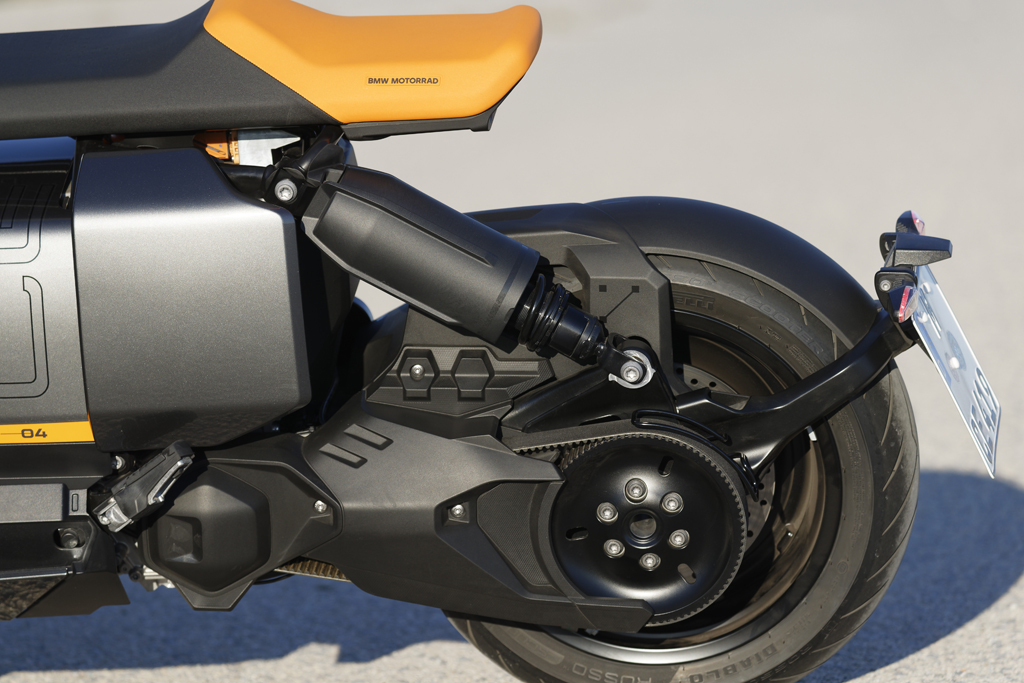
Even in silence, there’s good fun to be had on the CE 04, as in hilariously quick full-power launches at intersections. BMW claims it’ll do 0-50 km/h in 2,6s. Frankly, I had no clue what to think of the spec. Claimed torque is 45.7 lb-ft, which isn’t a huge number, but it is instantly available. It’s all a bit confusing when you’re used to internal combustion engines and how they generate power. On top of that, according to BMW, the 04 in CE 04 means to expect similar performance to what 400 cc would provide. Computing all that info had my little brain anticipating no more than decent acceleration and practical overall performance. It calculated wrong.
It became something that had to happen. At every red light, I would stop besides our lead rider Archie. We wouldn’t look at each other, and except for the time he asked me to move forward about a foot to align my front wheel exactly with his so I couldn’t make any excuses, we wouldn’t speak either. We’d just wait in silence for the light to turn green. His reaction time was perfect and he got me every damn time. I suspect he had a trick, something like slightly opening the throttle while holding the brakes, but it would have been too humiliating to ask. What I got from all that fine journalism is that the CE 04 is pretty quick off the line. It’s one thing to feel it, and I definitely did, but I could also see it, as in the many times I was caught sleeping at the light and watched Archie launch himself forward as if some invisible elastic was suddenly cut. It was a striking sight to witness something leave a traffic light both so quickly and silently.
At higher speeds, say 80 km/h and above, performance isn’t as impressive, yet remains good enough there’s never a feeling power is lacking. From accelerating on an onramp to reach highway speeds, to passing slower traffic on a two-lane back road and everything in between, the CE 04 accomplishes it all effortlessly, silently and without any vibration whatsoever. Top speed is electronically limited to 120 km/h. And as far as energy consumption goes, according to the onboard computer, mine averaged about 8 kWh per 100 kmh, meaning the 8.9 kWh battery pack should have been good for about 110 km. My trip meter indicated 62.5 km at the end of our route with 36% energy left allowing for an additional 40 km, or about 102 km total, almost all in the full power (optional) Dynamic mode. Call it an actual range of 100 km in conditions not exactly beneficial to range (every green light a drag race and heated grips cranked up all day). Switching to the less powerful ECO mode and riding less aggressively would have considerably extended the range, making me have faith in BMW’s 130 km claim. The other modes are Rain with reduced regeneration and Road with full power and regen close to max. As for charging times, we couldn’t verify them during the launch, but they should be about 5h 30min for 0-100% on a typical 110 v/15 amp North American home outlet (4h 20min in Europe with a 220v home outlet) and around 1h 40min with the optional quick charger at 220v.
After the performance and refinement of its electric powertrain, the CE 04’s most impressive characteristic is its general handling, which is about as good as one can hope for on a maxi-scooter on 15-inch wheels. One of the main reasons that’s possible is the CE 04’s 231 kg weight —about 45 kg (!) less than the first-gen C Evolution. With about the same mass as most 650 cc maxi scooters to deal with, the CE 04 suspension works beautifully, doing a good job of absorbing most pavement imperfections in town without transferring any jolt to the rider, while remaining firm enough to keep the CE 04 reassuringly planted in corners and quick direction changes. As for braking, thanks to triple discs and ABS, it’s just fine, but since the regeneration function slows things down so much when the throttle is closed, I ended up barely touching any of the levers. Brakes pads will last a long, long time on the CE 04.
Resistance amongst motorcyclists when it comes to the idea of switching to electric bikes is very common, and often with good reason. A theoretical electric Electra Glide incapable of long-distance travel and stripped of the sound and feel of its big Milwaukee Eight just makes no sense. Same for an R-GS that would leave its rider stranded on a dirt road relatively shortly after it began its adventure. It’s actually really difficult to imagine how that riddle gets resolved and with current technology, I just don’t think it can. But this is a very different case. When the mission is getting from A-to-B in town, an 130 km range makes all the sense in the world, especially when one hour is more than enough to get a good charge. If you think logically about the general idea of trading gas for electricity on motorcycles, then scooters —or whatever falls under the urban mobility umbrella— really seem the only category that makes sense and BMW’s new CE 04 proves that concept exceptionally convincingly. Granted, it does it at a cost : the $15,000 MSRP is serious money. Hey, new tech is new tech : it’s expensive first. Still, zipping through the busy streets of Barcelona, I couldn’t help but think there’d be no way I’d trade this funky-looking electric thing for any ICE scooter. That’s impressive. Smart people wisely said that for electric vehicles to succeed, they need to do a better job than their gas counterpart, which is a high bar, yet a logical one. Ideally, the price would be lower, but other than that, I think that’s where I’m at with the CE 04.
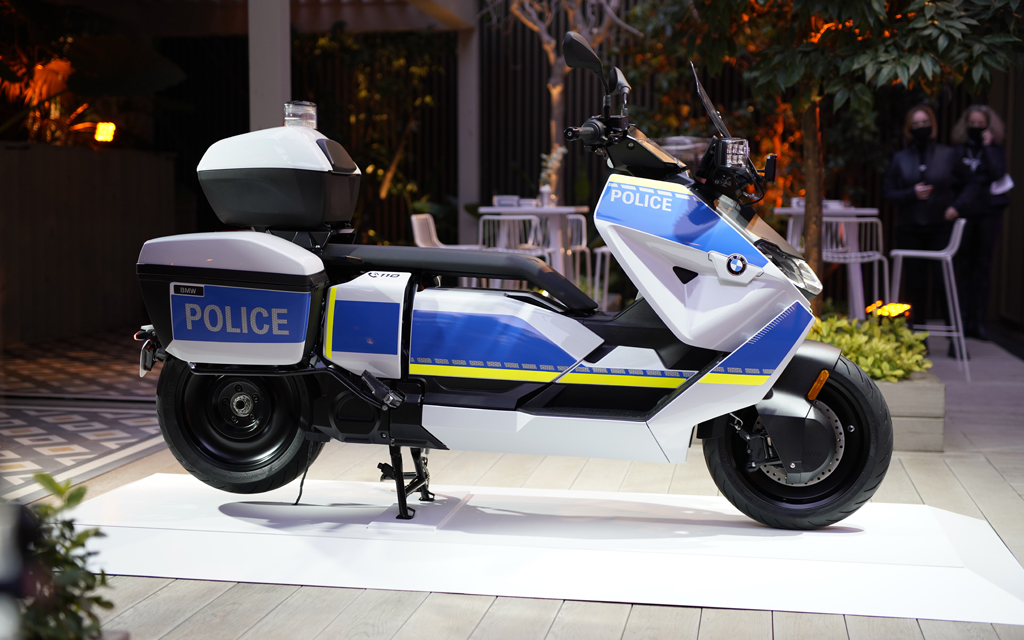
A ticket-edition CE 04
BMW says over 160 000 motorcycles have been sold to the authority market so far. It intends to grow that number with a specially equipped version of the CE 04. One of the most interesting aspects of this police edition is that it’s essentially a production model built in Berlin on the same production line as the regular CE 04. Its additional equipment has been development by BMW and normal dealerships can take care of maintenance or order parts. The cost of the police version is about 50% more than the price of a base street model in Europe, plus whatever additional customization clients demand. Call it a probable $22,000-ish for North America. As a survey amongst police departments determined average daily urban patrolling distance amounts to about 100 km, the street CE 04’s 130 km range and 8,9 kWh battery pack are deemed sufficient and remain unchanged on the police version. Finally, while the CE 04 is covered by the same 3 year/unlimited mileage warranty as the rest of BMW’s motorcycle lineup, the battery gets a reassuring 2 years added to that.
